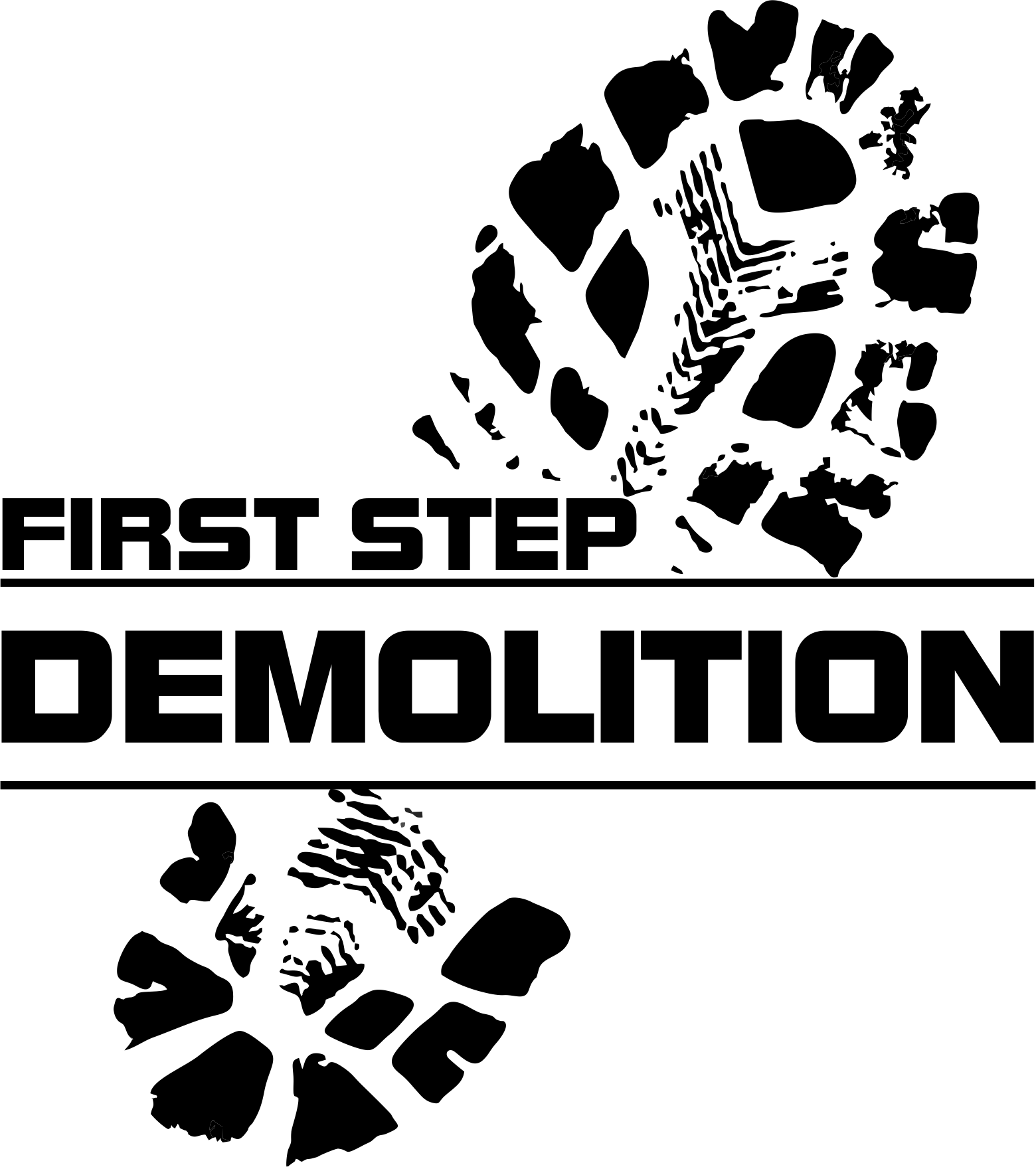The Timeline of a Typical Residential Demolition Project
A residential demolition may not be as a heavy task as that of a commercial demolition. Every homeowner has imagined the process of a house being demolished. From the outside looking in, it might seem like an easy task. However, like any significant construction project, residential demolition involves a series of steps that need to be taken for the project to be completed effectively, efficiently, and safely. That is why in this blog post, we will talk about the timeline of a typical
residential demolition project. We’ll also discuss the reasons why it’s important to follow a proper timeline when doing this type of demolition.
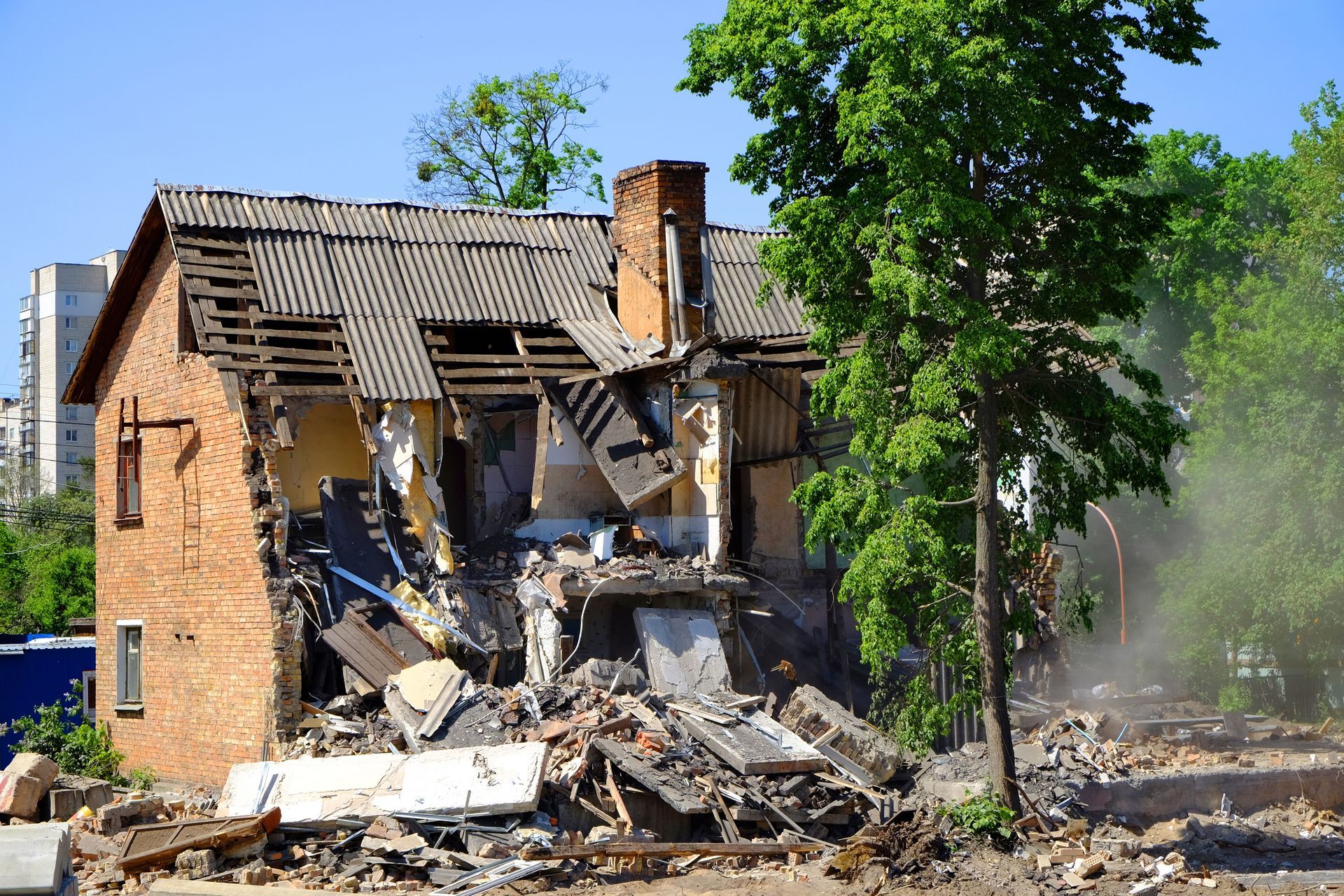
Sequential Timeline of a Typical Residential Demolition Project
Below is a breakdown of a typical timeline for a residential demolition project.
Week 1-2: Planning and Preparation
The initial stage of a residential demolition project is the most critical phase and can take a week or two. It involves getting the necessary permits from local authorities, which can take some time depending on the location and local laws. This period also includes hiring a demolition contractor. Choosing an experienced, licensed contractor is essential to ensure the job is done right and according to code. Once the demolition company is selected, an initial site inspection is done to assess the complexity of the project. It is during this phase that a project timeline, cost estimates, and risk assessments are created.
Week 2-3: Asbestos Inspection and Removal
If the house was built before the 1980s, it might contain asbestos. Asbestos inspection and removal is a vital phase that can last up to a week. Asbestos is a hazardous material that can cause serious health problems, so its removal should be performed by licensed professionals. Once the asbestos inspection is complete, the removal process begins. This step must be followed by an air clearance test to ensure that the area is free from asbestos fibers.
Week 3-4: Disconnecting Services and Salvage Operations
Before the demolition begins, utility services such as gas, electricity, and water must be disconnected to prevent any accidents. This can take a few days to a week. Simultaneously, the salvage operations commence. This phase involves identifying and removing valuable items from the property for recycling or reselling, such as timber, metal, or architectural elements. This step is not only environmentally friendly but can also offset some of the project costs.
Week 4-5: Actual Demolition
Once the property is prepared, the actual demolition phase begins. This phase could take anywhere from a few days to a week, depending on the size of the house and the method of demolition used. The most common method is mechanical demolition, using heavy equipment like excavators. The contractors will start by demolishing the exterior, followed by the interior until the house is completely brought down. The debris is then sorted into recyclables and waste.
Week 5-6: Cleanup and Site Preparation
After the house has been demolished, the cleanup process begins. This step involves removing the debris from the site, ensuring that all recyclables and waste are disposed of correctly. This process can take up to a week. Once the site is cleared, it is prepared for its next phase, whether it be construction of a new home or landscaping.
Week 6+: Final Inspection and Closure
The final phase of a residential demolition project involves a final inspection by the contractors and potentially the local authorities. This is to ensure that the job was done according to the plan, all waste has been removed, and the site is safe. Upon satisfaction, the project is considered closed.
Reasons Why You Should Follow a Proper Timeline When Doing a Residential Demolition Project
Following a timeline in a residential demolition project is crucial for several reasons:
Reason #1. Ensures Proper Planning:
A well-defined timeline helps in creating a roadmap for the project. It outlines each phase of the demolition, which aids in the smooth execution of the project. It also helps contractors anticipate any potential challenges and prepare contingency plans, leading to fewer unexpected delays.
Reason #2. Legal Compliance:
In most regions, a planned timeline is a legal requirement to secure the necessary permits for demolition. The local authorities want to ensure that the project is well-coordinated and safe, and adherence to a set timeline helps demonstrate this.
Reason #3. Safety:
Demolition projects can pose safety risks if not properly managed. A timeline allows for the systematic decommissioning of utilities and removal of hazardous materials, such as asbestos, in a controlled manner, reducing the risk of accidents.
Reason #4. Resource Management:
A timeline guides the allocation and utilization of resources, including labor, equipment, and funds. Knowing when each phase will begin and end allows for better planning and can result in cost savings.
Reason #5. Project Coordination:
If the demolition is part of a larger project, such as rebuilding on the site, the timeline helps synchronize the demolition with other phases of the project. This can prevent costly delays and conflicts with other contractors.
Reason #6. Minimizes Disruption:
Demolition can cause disruption to the neighboring area due to noise, dust, and traffic. A clear timeline can help manage the expectations of nearby residents and minimize complaints.
Conclusion
A residential demolition project can take up to six weeks or more from start to finish. This timeline is just a general guideline and can vary depending on various factors such as the property size, asbestos presence, local regulations, and the contractor's availability and efficiency. Remember that a well-planned and executed demolition project is not only cost-effective but also safe and environmentally friendly.
A timeline not only brings efficiency and safety to a residential demolition project, but it also provides a clear path to follow, making the entire process more manageable.
First Step Demolition
Unsure about how to kick off your home demolition project? Choose First Step Demotion!
Embarking on a residential demolition project can be daunting, but it doesn't have to be. As outlined in our timeline of a typical residential demolition project, there are various steps to ensure a smooth, efficient, and safe demolition process.
At First Step Demolition, we're here to guide you every step of the way. From obtaining the necessary permits to the final inspection, our team of licensed professionals has the expertise and experience to handle every phase of the project. We adhere to all local regulations and prioritize your safety above all.
We also understand the importance of sustainability. That's why we incorporate salvage operations into our process, recycling or reselling valuable materials from your property wherever possible. This not only reduces environmental impact but can also offset some of your project costs.
Don't let the demolition process intimidate you. Let's make it a straightforward and stress-free experience. If you're ready to take the first step towards your new home, get in touch with us at First Step Demolition. Schedule your initial site inspection today and let us help you navigate your demolition project with confidence and ease.
Give us a call so we can give you a free consultation.
First Step Demolition: Your partner in safe, efficient, and environmentally friendly demolition.
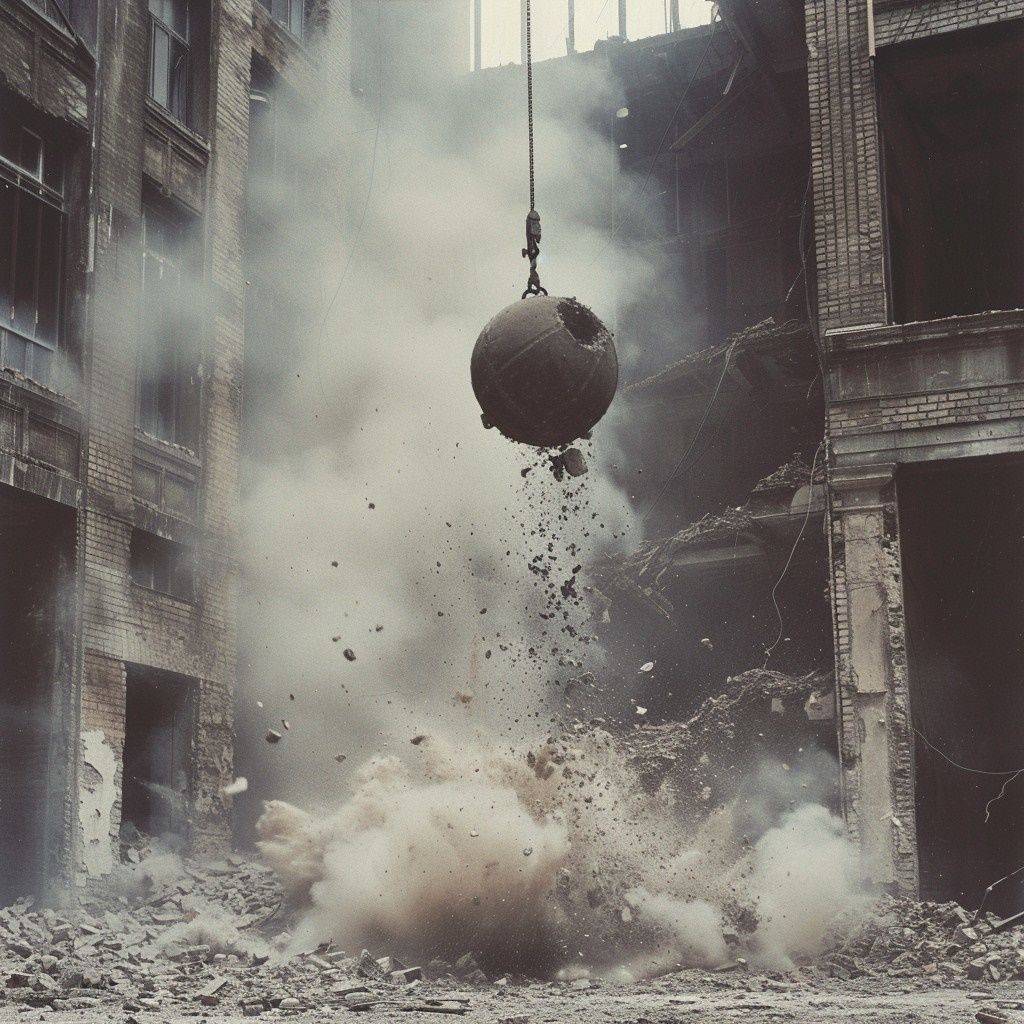
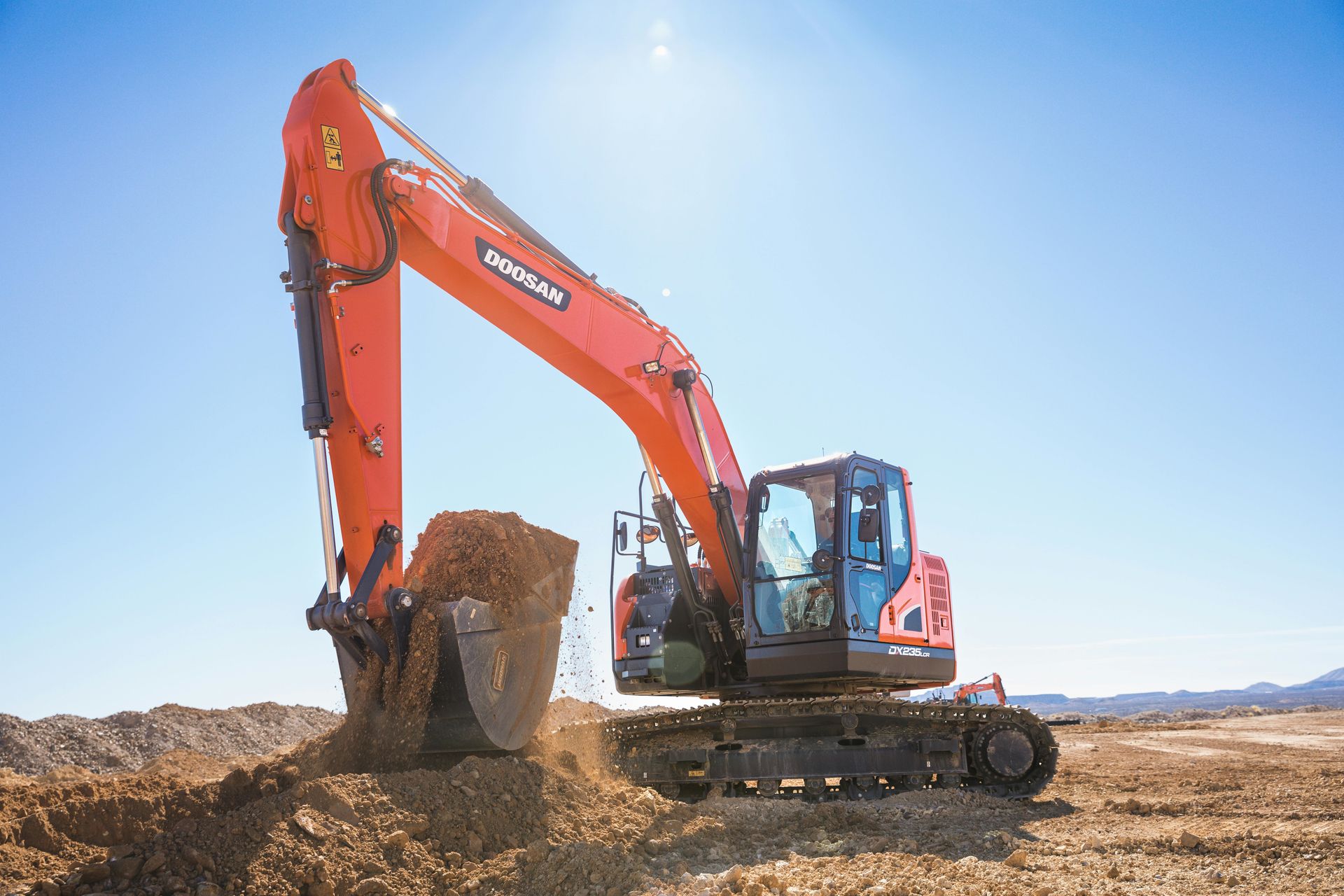
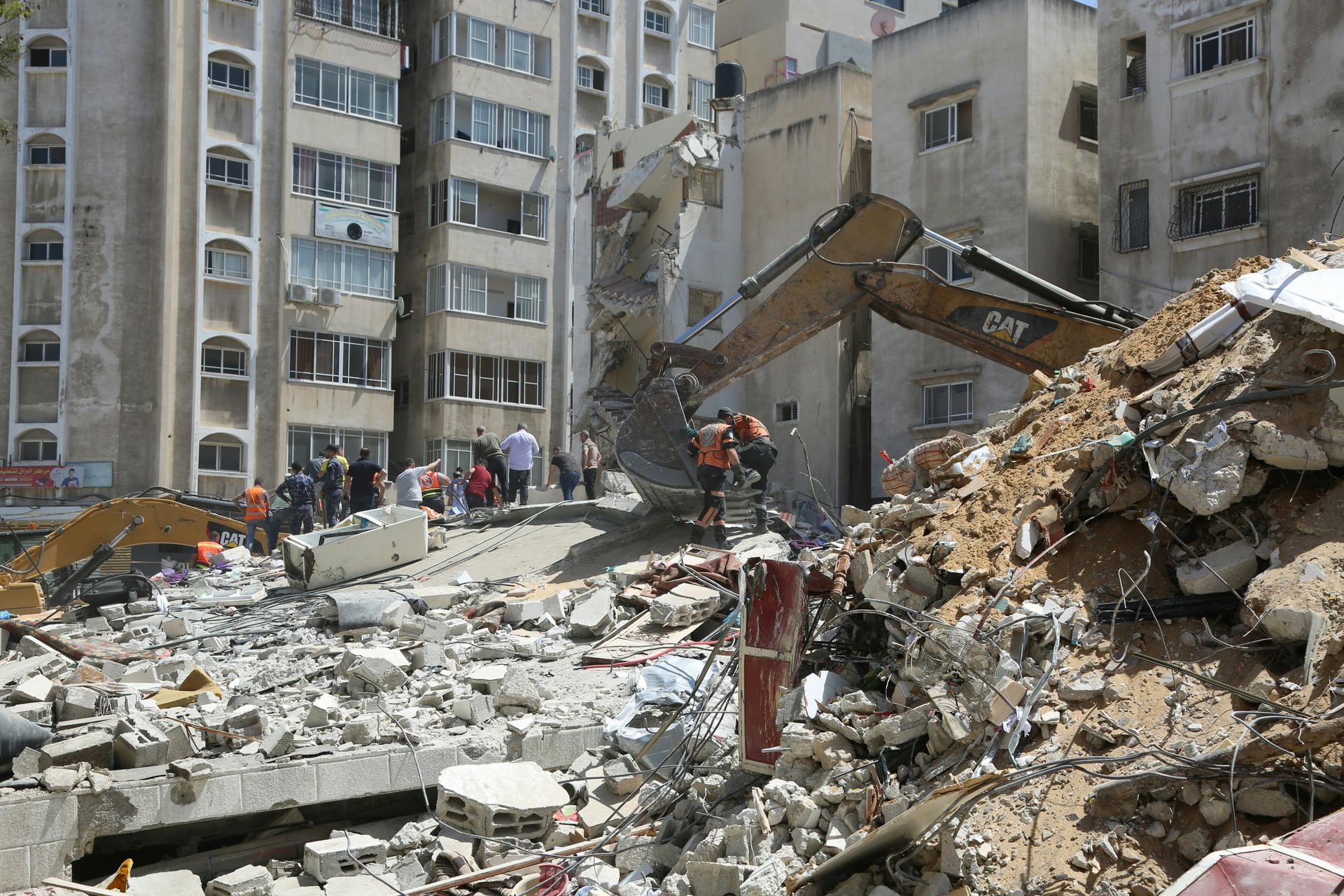
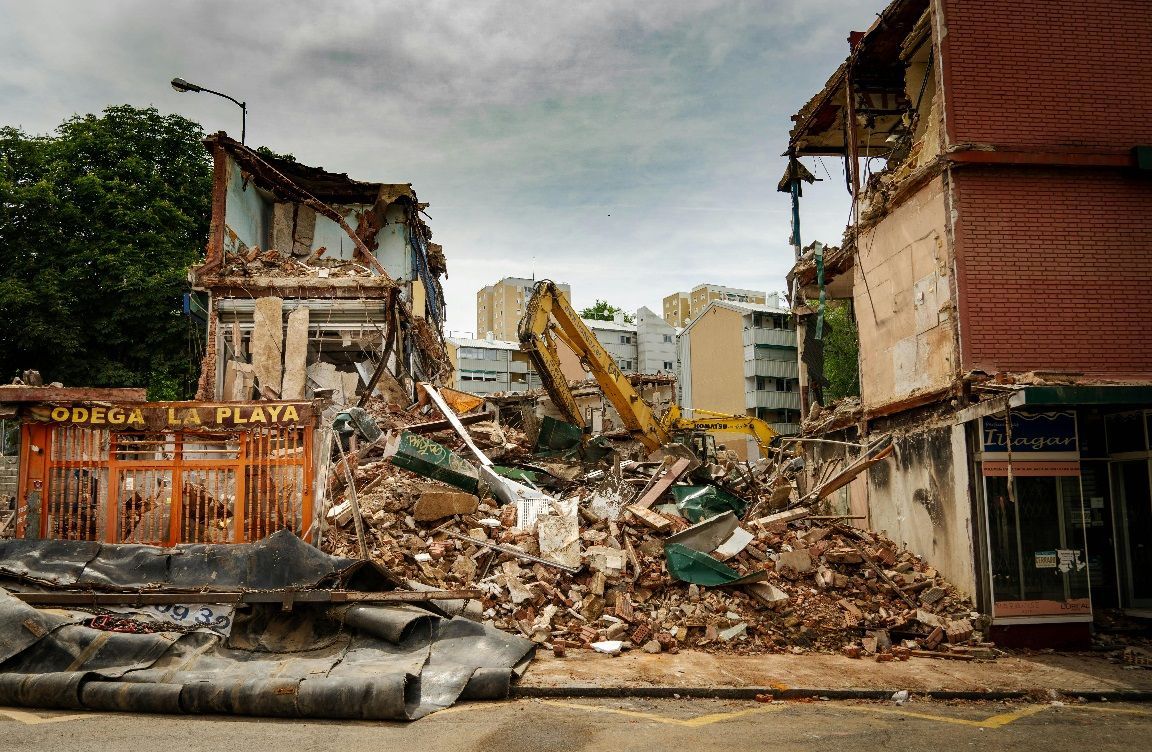
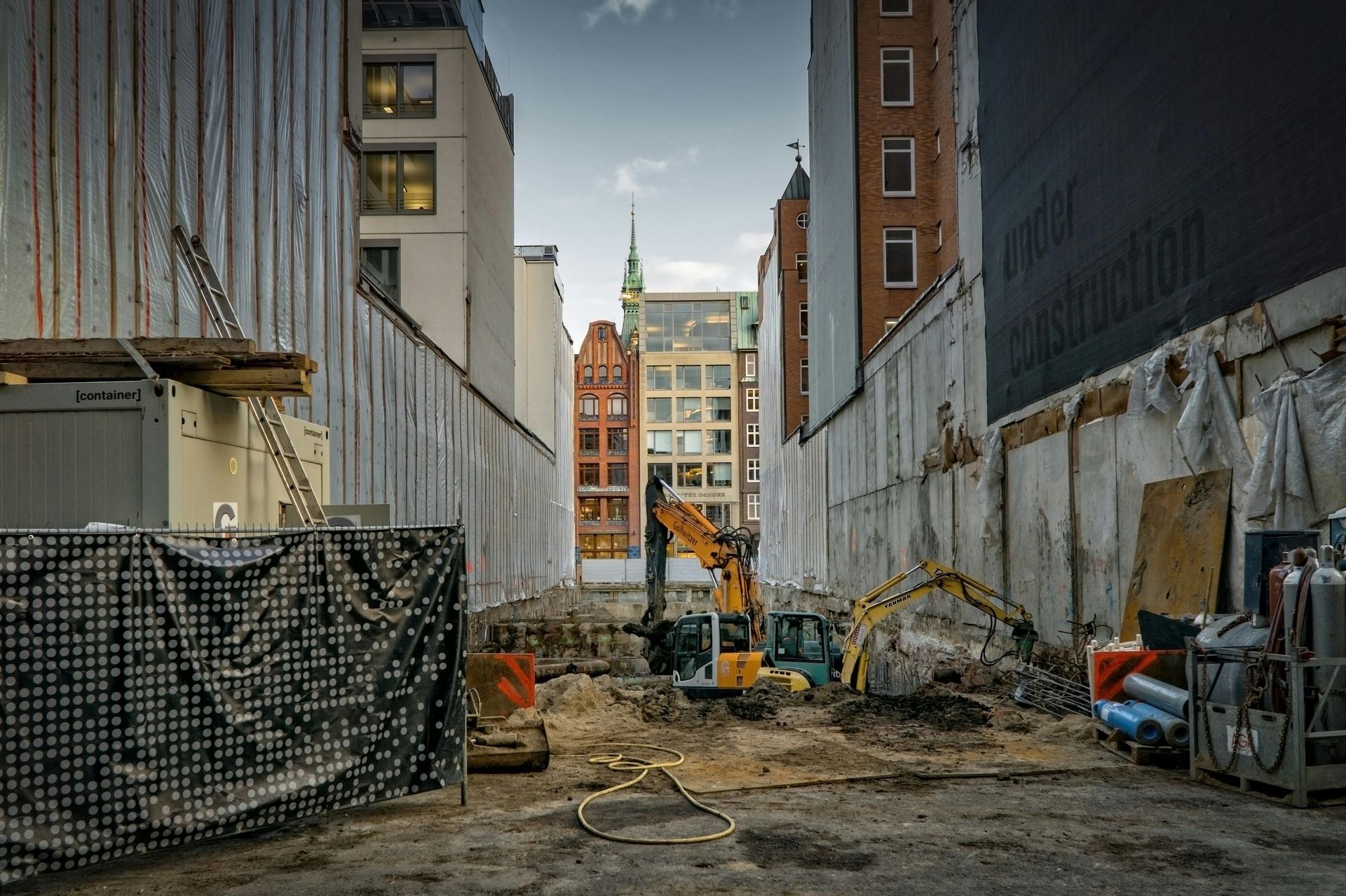
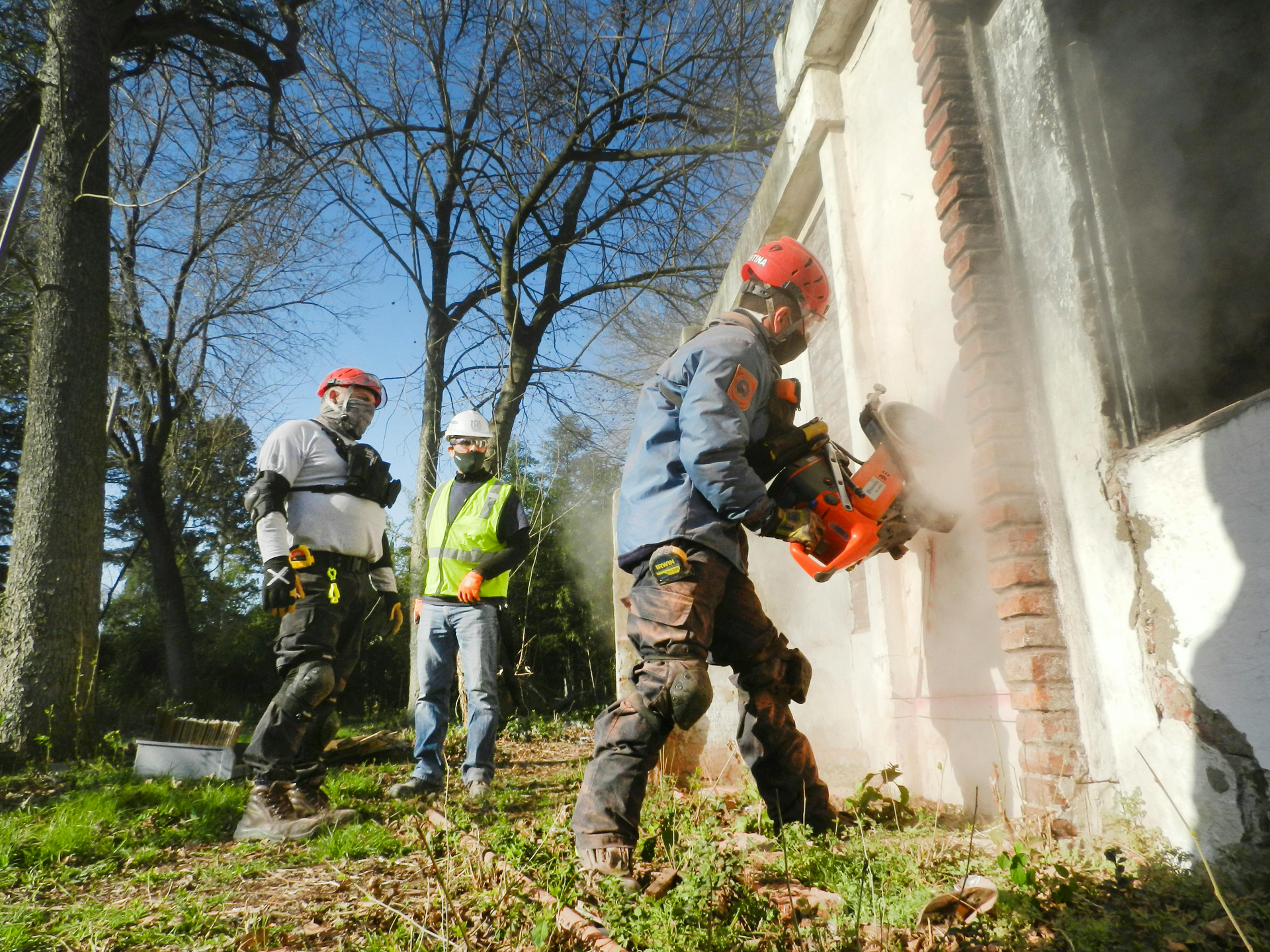


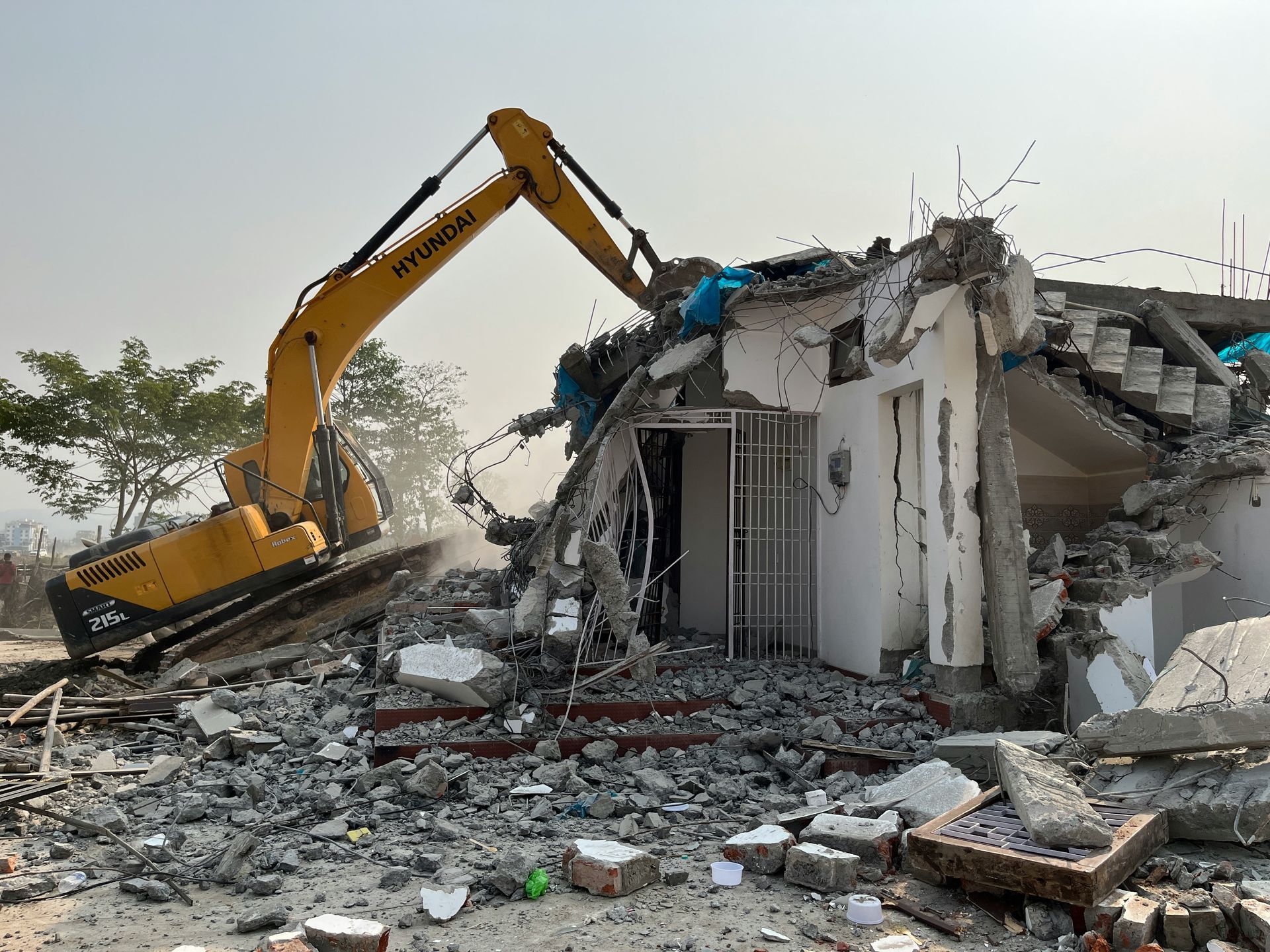
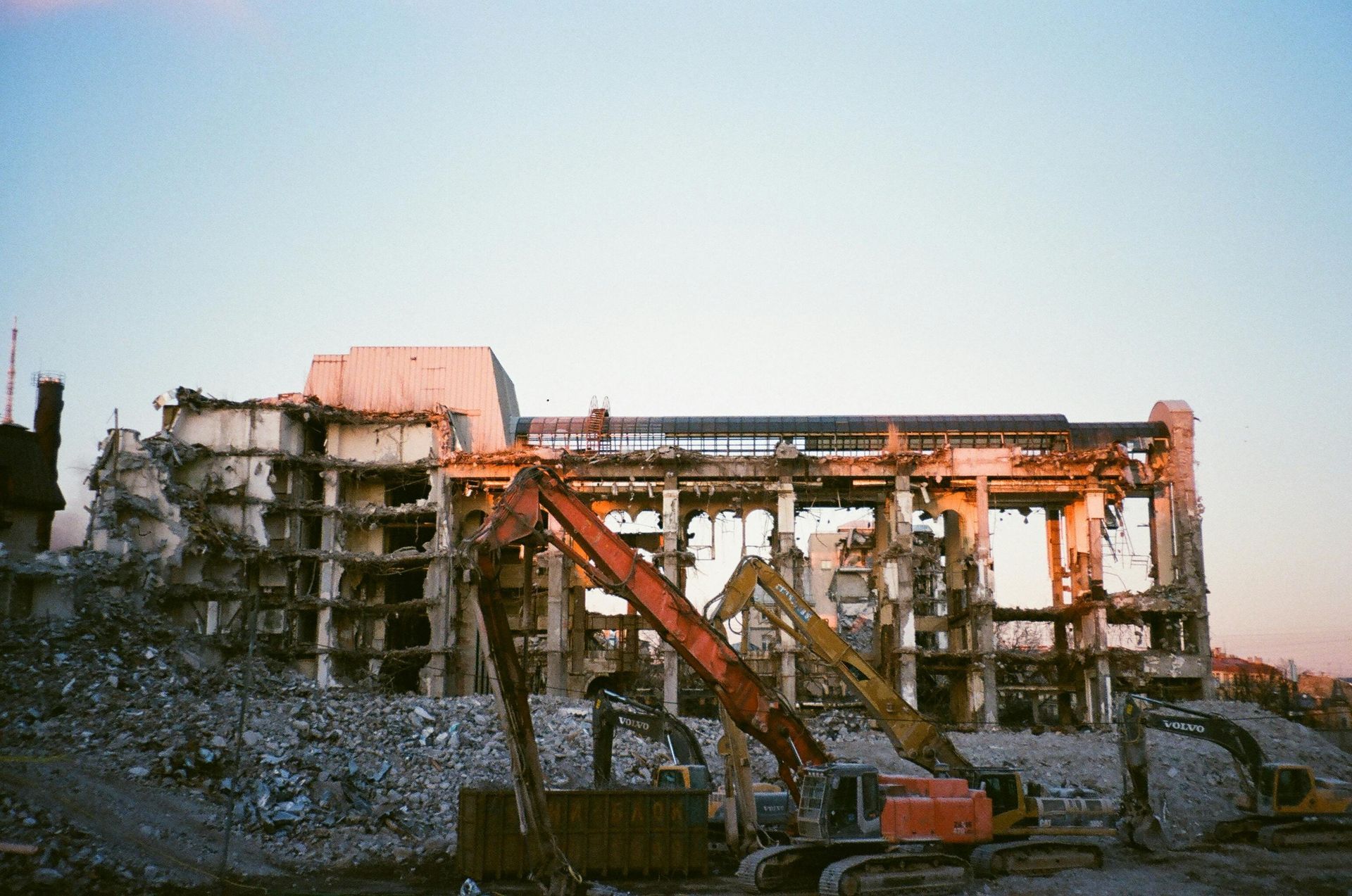
FIRST STEP DEMOLITION PROVIDES COMMERCIAL AND RESIDENTIAL DEMOLITION AND SITE PREP SERVICES TO CUSTOMERS THROUGHOUT ARIZONA.
OUR WEBSITE
OUR COMPANY HAS HIGH SAFETY STANDARDS AND COMPLIES WITH ALL OSHA REQUIREMENTS
Website Designed by: Kickass Websites
